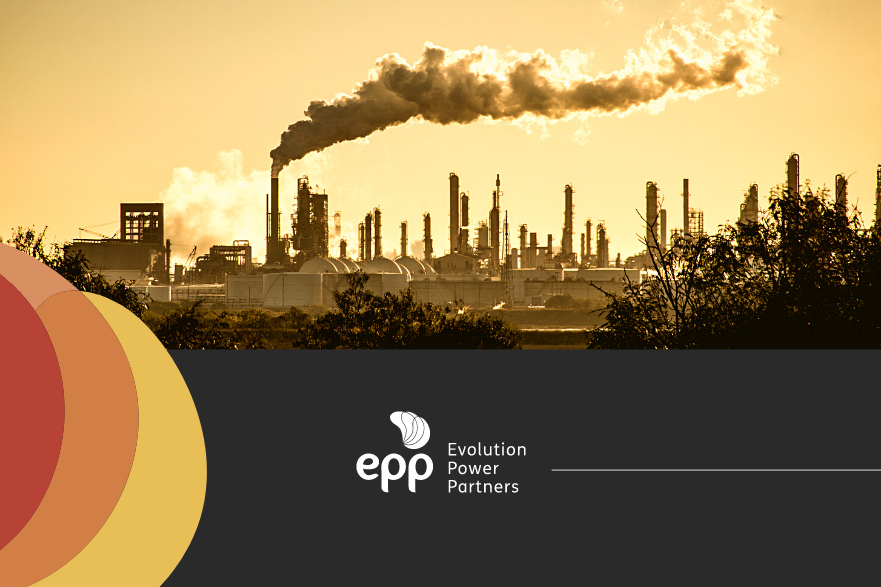Biomethane, produced from biogas, has the lowest carbon footprint among the various energy sources available.
Carbon footprint is an important way to evaluate the ecological impact of human actions. With climate change becoming increasingly evident, it is essential to analyze the emissions of gases caused by human activities and seek ways to reduce and even eliminate them. This calculation is called carbon footprint.
The biogas sector is responsible for producing energy from organic waste. This means that it is possible to significantly reduce the carbon footprint of energy production if more energy is obtained through this model. Learn more about how initiatives in the biogas sector help reduce carbon footprint.
Biogas and Carbon Footprint
Carbon footprint is a measure of the amount of carbon dioxide (CO2) and other greenhouse gases (GHG) that are emitted into the air due to human activities. It is calculated using the amount of CO2 produced by a person, company, or country, and how it relates to other sources of carbon dioxide.
In the case of companies, the carbon footprint measures all GHG emissions from companies and their scope, both direct and controlled by the company, as well as indirect.
In this sense, companies usually have the option of reducing or offsetting their carbon footprint.
In seeking ways to decarbonize economic processes, biogas stands out due to its attributes linked to decarbonization. Biogas production technology also helps reduce carbon footprint. Biogas plants are increasingly designed to produce gas with greater efficiency and lower carbon emissions.
An example of a successful country in this regard is Denmark. There, biogas is mainly used for electricity generation and heating purposes. Thus, Denmark will probably be the first country to definitively ban fossil fuels, having biomass as the main source of renewable energy for the next ten years.
Biogas in Brazil
Brazil is a country that has great potential to expand biogas production and consequently impact the reduction of carbon footprint. It is possible for the country to reach a production of 460 million MMBTU (which corresponds to 1 million BTUs or 26.8 cubic meters of natural gas) by 2030. This value is equivalent to up to 30% of domestic natural gas demand, reaching a market value of US$ 7.7 billion, according to a McKinsey study.
Only in 2021, 2.35 billion Nm³ of biogas were produced by 755 plants in operation, generating a 10% increase in production compared to the year 2020. In addition to the actions and projects carried out by companies, financing is a way to reduce carbon footprint. There are government programs and private financing projects that offer financing for waste-based biogas projects. This helps reduce dependence on fossil fuels and use cleaner energy.
Eva Energia is a company that operates in the distributed generation of renewable energy sector for companies of different sizes, transforming landfill and agribusiness waste into 100% renewable, low-cost, and circular economy-compliant electricity. Eva’s plants in Rio de Janeiro, São Paulo, and Mato Grosso have a combined installed capacity of around 20MW and provide energy to local utilities.
With Eva Energia, companies have the right solution to treat environmental liabilities and facilitate the transition to the energy matrix, contributing to the reduction of carbon footprint and a more sustainable future.
The National Biofuels Policy (RenovaBio) and the Fuel of the Future Program are part of the efforts to leverage new fuels in the country. However, more investments are still needed, especially in infrastructure and logistics to make energy generation from biomass viable.
Brazil presents increasingly more opportunities for biogas and biomethane businesses, which are so important for reducing carbon footprint. To learn more about the potential for biomethane exports, access our blog content.






